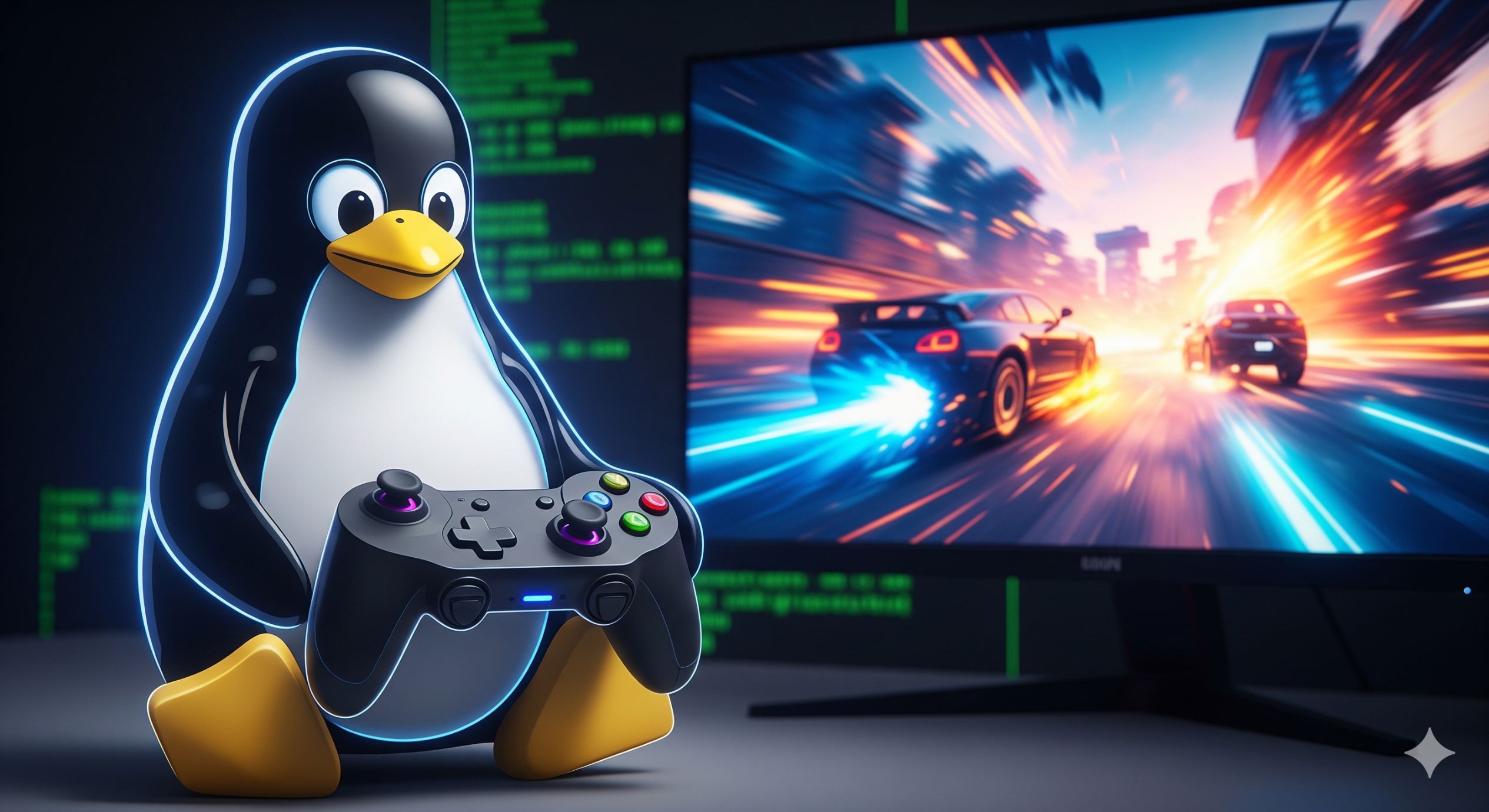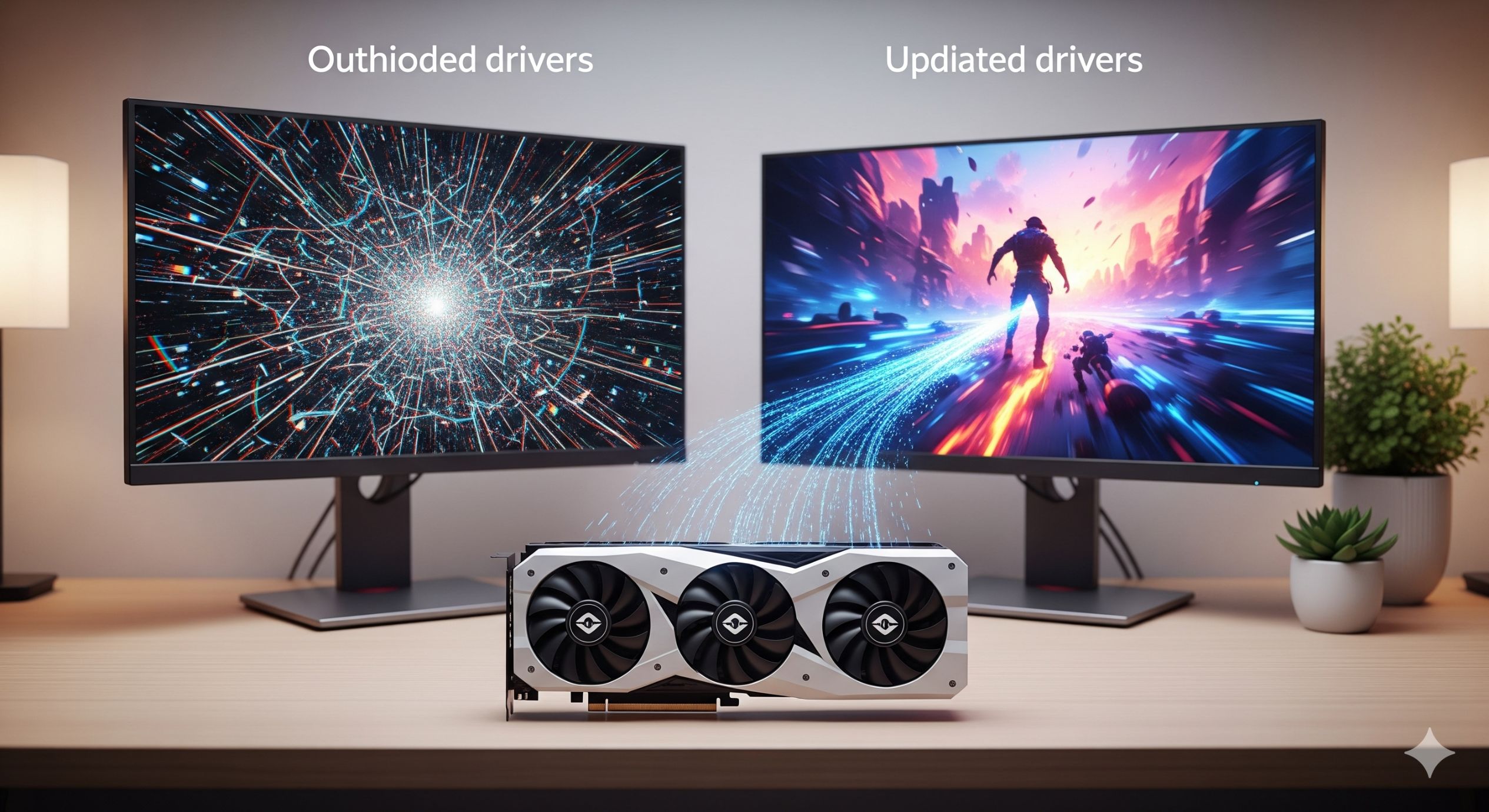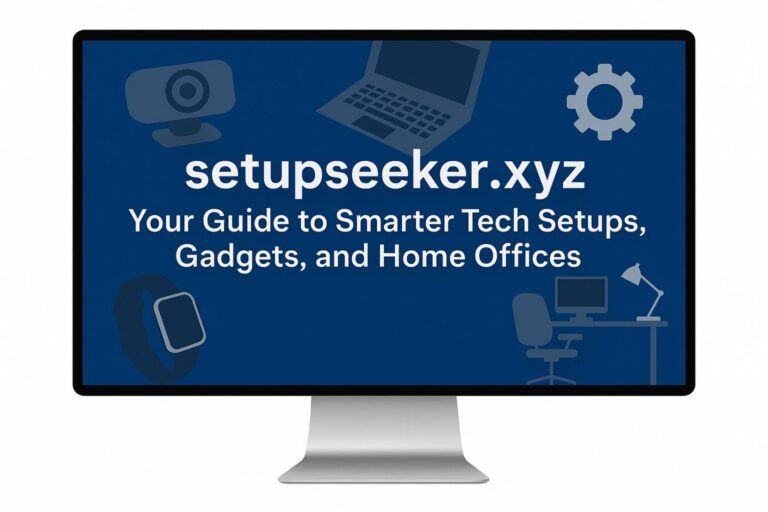
If you’ve ever tried gaming on Linux, you probably know it can be a bit trickier than Windows. I remember the first time I tried launching a Windows-only game on Linux—it was a rollercoaster of frustration and hope. Fast forward a few tweaks, drivers, and Proton versions later, and I finally discovered a set of tech hacks pblinuxgamingthat made my Linux machine perform like a gaming beast. Today, I’m sharing all the practical tips and tricks I’ve learned to help you get the best gaming experience on Linux.
Why Linux Gaming Needs Tech Hacks
Linux is known for stability, security, and customization, but when it comes to gaming, you need a few extra steps to ensure smooth performance. Unlike Windows, not all games run natively on Linux, and hardware optimizations are crucial. The good news? With the right tweaks, you can unlock your system’s full gaming potential without switching operating systems.
1. Use Proton for Windows Game Compatibility
One of the biggest challenges in Linux gaming is running Windows-only games. This is where Protoncomes in—a compatibility layer integrated into Steam that lets many Windows games run seamlessly on Linux.
Hack:Check ProtonDB before installing a game. This community-driven database provides game-specific performance reports, workarounds, and Proton version recommendations. Not all games run flawlessly, but Proton ensures most popular titles are playable with minimal effort.
2. Keep Your Graphics Drivers Up to Date

Outdated drivers are a common reason for low frame rates, crashes, and glitches. Linux supports NVIDIA, AMD, and Intel GPUs, but knowing which drivers to use makes all the difference.
Hack:
- NVIDIA:Use the proprietary driver from NVIDIA. It’s optimized for performance and supports advanced features like RTX and DLSS.
- AMD:Open-source Mesa drivers are generally excellent, but you can also use AMDGPU-PRO if you need more control.
- Intel:Keep the drivers updated via your package manager for stability and performance.
3. Optimize In-Game Settings
Even on high-end Linux rigs, performance can be hindered by unnecessary in-game overlays or visual effects.
Hack:Disable overlays from Discord, Steam, or other apps. Adjust graphics settings like shadows, anti-aliasing, and resolution based on your system capabilities. Minor tweaks often give major performance improvements.
4. Fine-Tune Wine and Proton Settings
For games that don’t work out-of-the-box, you may need custom configurations.
Hack:
- Test different Proton versions in Steam’s compatibility settings.
- Add custom launch options to improve stability, like PROTON_NO_ESYNC=1 %command%for games that crash frequently.
- Wine tweaks can also help with older games, ensuring they run as intended.
5. Use Gamemode for Performance Boosts
Gamemodeis a system-level tool that temporarily adjusts your Linux machine for optimal gaming performance.
Hack:Install Gamemode through your package manager and launch your games with:
gamemoderun %command%
This tweak improves CPU scheduling, prioritizes GPU usage, and reduces background resource conflicts.
6. Choose the Right Desktop Environment

Some desktop environments are more resource-hungry than others, which can impact your gaming experience.
Hack:Consider lightweight environments like XFCE, LXQt, or tiling window managers. If you use GNOME or KDE, disable unnecessary visual effects and background animations before launching games.
7. Consider a Gaming-Focused Linux Distribution
Certain Linux distributions are pre-configured for gaming and come with performance optimizations out-of-the-box.
Hack:Distributions like Pop!_OSfrom System76 include NVIDIA drivers, Proton integration, and other gaming tweaks pre-installed. Ubuntu GamePack and Manjaro Gaming Editions are also great choices.
Quick Comparison Table: Linux Gaming Hacks
| Hack | Purpose | Tools/Apps |
| Proton | Windows game compatibility | Steam, ProtonDB |
| Graphics Drivers | Hardware performance optimization | NVIDIA proprietary, Mesa |
| In-Game Settings | FPS boost & stability | Game-specific options |
| Wine/Proton Configuration | Running unsupported or older games | Steam, Wine |
| Gamemode | System optimization for gaming | Gamemode, gamemoderun |
| Desktop Environment Optimization | Reduce system resource usage | XFCE, LXQt, GNOME/KDE tweaks |
| Gaming Distributions | Pre-configured Linux gaming setup | Pop!_OS, Ubuntu GamePack |
8. Boost Your Direct Gaming Experience
Additional hacksinclude:
- Overclocking safely:Some GPUs and CPUs allow slight overclocking, improving FPS.
- SSD storage:Installing games on an SSD drastically reduces load times.
- Monitor refresh rates:Ensure your display is set to its highest refresh rate in Linux settings.
These small tweaks can cumulatively make a huge difference.
9. Use Social Proof and Community Feedback
Linux gaming has an active community. Platforms like Reddit, Discord, and ProtonDB forums can provide custom tweaks for specific games.
Hack:Follow PBLinuxGaming forums and Discord channels for insider tips. Many community members share config files, launch commands, and performance settings that can save hours of trial and error.
Long-Term Linux Gaming Habits
- Regularly update your system:Kernel updates, library upgrades, and driver patches can improve performance and fix bugs.
- Back up game saves:Use Steam Cloud or manual backups to avoid data loss.
- Document your hacks:Keep a note of what tweaks work for each game to avoid repeating setups.
Consistency and proper system management are key to a smooth gaming experience.
Also Read: Instructions for lcfgamestick
FAQs About Tech Hacks PBLinuxGaming
Q1: Can I run all Windows games on Linux using Proton?
Not all Windows games run flawlessly, but Proton supports thousands of popular titles. You can check ProtonDB for real user reports, compatibility ratings, and potential workarounds to get specific games running smoothly.
Q2: Does Gamemode work with all Linux distributions?
Gamemode is compatible with most major Linux distributions, including Ubuntu, Fedora, and Arch. Installation steps may vary, so it’s best to use your distro’s package manager or follow official documentation for the smoothest setup.
Q3: Do I need a specific desktop environment for gaming?
No, you don’t need one—but choosing lightweight environments like XFCE or LXQt helps free up system resources. That means more CPU and RAM power go directly to your games instead of flashy desktop effects.
Q4: Should I stick with a gaming-focused Linux distro?
If you’re new to Linux gaming, starting with a distro like Pop!_OS or Garuda Linux is a smart move. These come preloaded with drivers, gaming tweaks, and user-friendly tools that save you time and avoid technical headaches.
Q5: Are community tweaks safe to use?
For the most part, yes—especially if you stick to trusted sources like ProtonDB, official GitHub repos, or well-known gaming forums. Avoid running random scripts from unknown sites, as those could introduce stability issues or security risks.
Final Thoughts: Unlock Your Linux Gaming Potential
Linux gaming has come a long way, and with these tech hacks pblinuxgaming, you can enjoy many Windows-only games, optimize performance, and create a smooth gaming experience. From Proton compatibility to Gamemode boosts and lightweight desktop tweaks, each adjustment adds up to a more stable and enjoyable gaming setup.
Remember, gaming on Linux is as much about experimentation as it is about following best practices. Keep your system updated, leverage community knowledge, and don’t hesitate to try new tweaks. Once you find the perfect combination, your Linux PC will be a gaming powerhouse capable of running modern titles with confidence.







